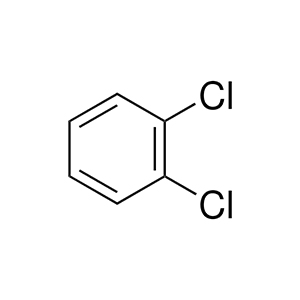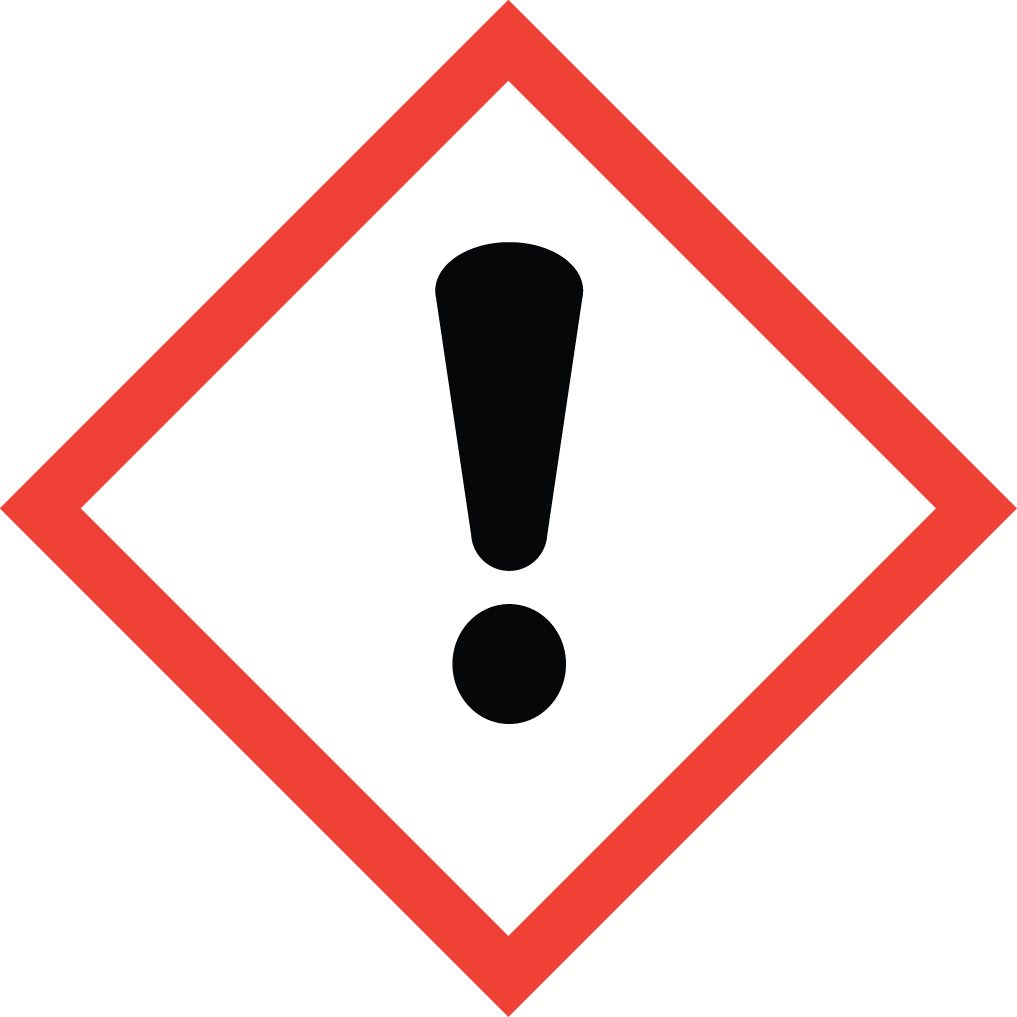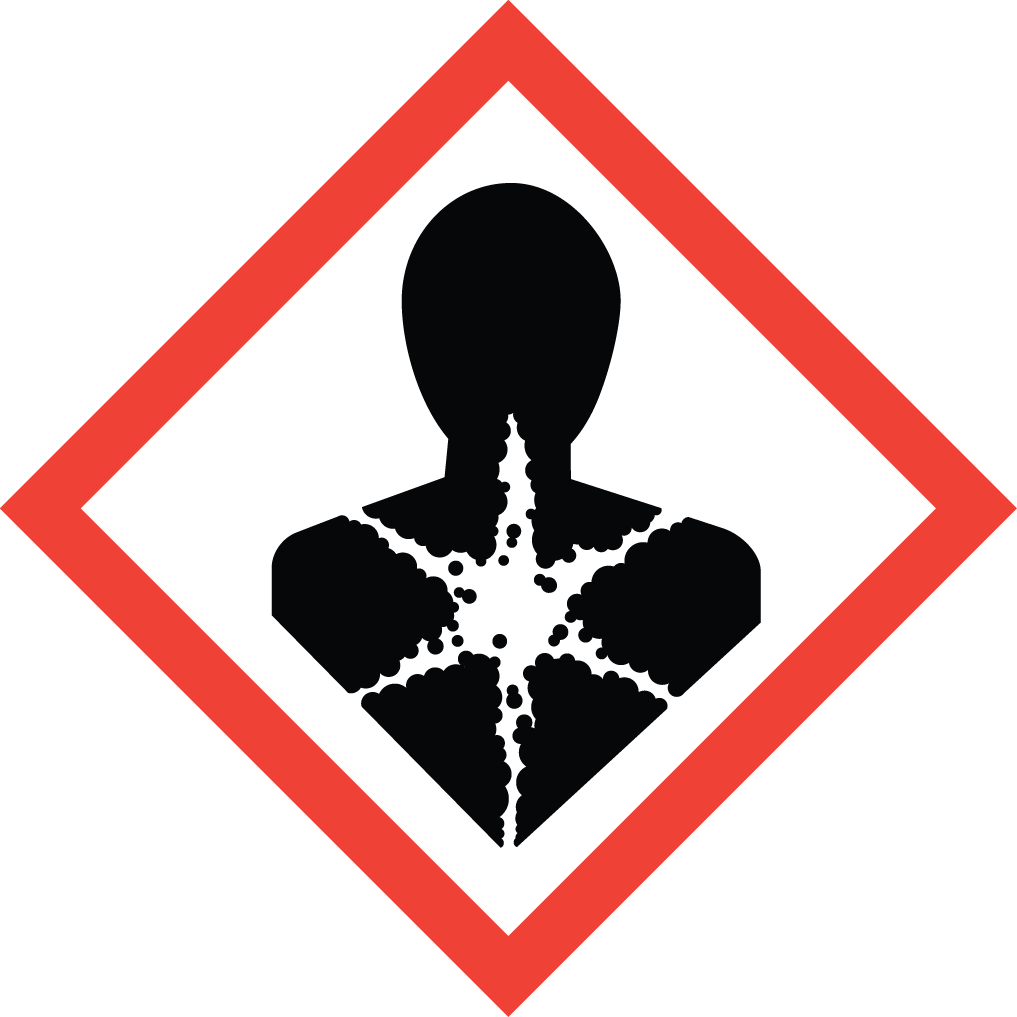Discover Aure Chemical's Premium o-Dichlorobenzene Supply
Aure Chemical is a leading global supplier of high-quality o-Dichlorobenzene, also known as 1,2-Dichlorobenzene (1,2-DCB) or Orthodichlorobenzene. This versatile chlorinated aromatic compound is an indispensable solvent and chemical intermediate. Industries value it for its excellent solvency and specific chemical reactivity. We're committed to providing o-Dichlorobenzene with exceptional purity and a consistent, reliable supply.
Basic Information of o-Dichlorobenzene
o-Dichlorobenzene (CAS No. 95-50-1) is a key organic chemical building block. Its unique structure, with two chlorine atoms adjacent on a benzene ring, gives it distinct physical and chemical properties. This makes it highly effective in a diverse range of applications, from specialty chemical synthesis to industrial cleaning.
| CAS No.: | 95-50-1 |
|---|
| EC No.: | 202-425-9 |
|---|
| Linear Formula: | C₆H₄Cl₂ |
|---|
| Molecular Weight: | 147 |
|---|
| Appearance: | Transparent Liquid |
|---|
| Melting Point: | -15 °C |
|---|
| Boiling point | 179 °C |
|---|
| Density: | 1.306 g/mL at 25 °C(lit.) |
|---|
| RIDADR: | UN 1993 3/PG 2 |
|---|
| Chemical Structure: |  |
|---|
Key Applications of o-Dichlorobenzene (1,2-DCB)
o-Dichlorobenzene's solvency, stability, and chemical reactivity make it an invaluable compound across many sectors:
Industrial Solvent: It's a powerful solvent for various organic materials like waxes, gums, resins, rubber, fats, and oils. You'll find it in industrial cleaning, degreasing, and as a component in paint and varnish removers.
Chemical Intermediate: It's a crucial building block in the synthesis of numerous other chemicals, including:
Dyes and Pigments: Used in making various dyestuffs and intermediates for vibrant colorants.
Pesticides and Herbicides: Essential in the synthesis of certain agricultural chemicals.
Pharmaceutical Intermediates: Employed in manufacturing various pharmaceutical compounds.
Heat Transfer Fluid: Due to its thermal stability and high boiling point, it can be used in some specialized heat transfer applications.
Odor Control and Insecticide: Historically used in limited applications for odor control in waste treatment and as an insecticide. However, its use in such applications has become more restricted due to environmental and safety concerns.
Aure Chemical: Your Reliable o-Dichlorobenzene Partner
Partnering with Aure Chemical for your o-Dichlorobenzene supply means you benefit from:
High Purity and Consistent Quality: Ensuring optimal performance and yield in your processes.
Robust Global Supply Chain: Our extensive logistics network guarantees efficient and secure supply in bulk of o-Dichlorobenzene to your facilities worldwide.
Commitment to Safety: We adhere to the highest safety standards for handling, storing, and transporting this chemical. We provide comprehensive Safety Data Sheets (SDS) and all necessary dangerous goods documentation.
Dedicated Customer Support: Our knowledgeable team is always available to provide technical insights and help with your ordering and logistical needs.
Hazards Classification
GHS Classification: Health Hazard (GHS08), Exclamation Mark (GHS07), Environmental Hazard (GHS09)
Hazard Statements: Harmful if inhaled or swallowed; causes skin irritation; may cause damage to organs through prolonged or repeated exposure; toxic to aquatic life with long lasting effects.
UN Number: UN 1591
Hazard Class: 6.1 (Toxic Substances)
Packing Group: III
 GHS07: Exclamation mark
GHS07: Exclamation mark GHS08: Health hazard
GHS08: Health hazard GHS09: Environmental hazard
GHS09: Environmental hazard

